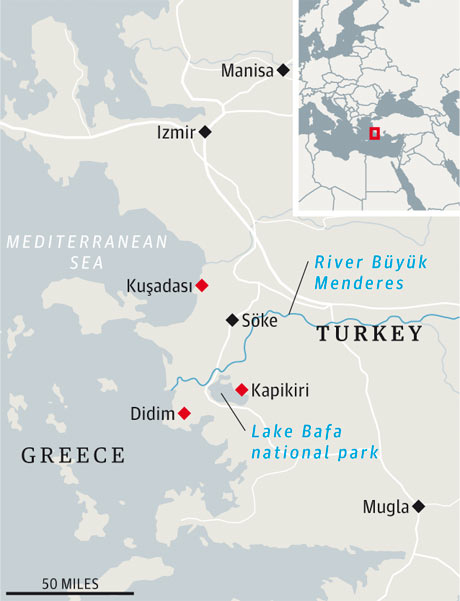
Images via MARINA ARABADZHI, Anastasia Mazeina, and Aghidel. It performs disappearing and reappearing acts, then pops up after long absences, inexplicably having traversed time and space. The communities of paleolithic Ukraine and fourth dynasty Egypt (separated by millennia) obviously could not have had conversations about this pattern.īut, the Meander is curious like this. It’s the same arrangement of squared geometric lines, but elegantly carved into Egyptian stonework. Still long before Greece adopted it, it appears on graceful borders in Egyptian tombs from the fourth dynasty (roughly 2600-2500 BCE). We pick up the Meander pattern again centuries later. We don’t know what the ancient Ukraine community called this pattern (if anything), and it’s impossible to trace it directly from the paleolithic period straight to now (because relics have a way of going unpreserved). Image via Gianni Dagli Orti/Shutterstock and Werner Forman Archive/Shutterstock. There, in 20,000 BCE, on wide ivory bracelets made of mammoth tusk (which look like chic cuffs even today), there were carved designs of this fret pattern. Mammoths roamed the earth, specifically the earth in the Mezin area of Ukraine. After it appeared there, we can trace the motif directly to Rome, then to Europe at large.īut, much longer ago, this pattern arose in some unexpected places. Greek culture used the Meander prolifically in much of their art and architecture for thousands of years. In every culture where the pattern showed up, its creators added their own visual flourish, and imbued their own meaning to it. (The word meander comes from a twisting river in Turkey called the Maender.) Image via Design Pics Inc/Shutterstock and L. But, many Greeks also called the pattern a Meander (as Homer did, in The Iliad) due to its backwards and forwards, decidedly indirect path. The Greeks felt this squarish design looked a lot like an old key. The winding, geometric pattern has at least a dozen names from a dozen (or more) cultures that employed it: rolling thunder, fret, stepped fret, meander, key, running dog, zigzag, labyrinth, jigsaw, and more. While Greek key is a common name for the pattern, it has had aliases from its many incarnations throughout time. Images via Kanunnikova Viktoriia, Martyshova Maria, kavalenkava, and Babich Alexander. For thousands of years, it adorned everything in Greek life-architecture, floor tiles, paintings. The Greek key pattern is the decorative, border-lying design seen on countless earthenware Greek pots as old as 300 BCE. Online version at the Topos Text Project.The Greek Key Pattern has been around for centuries-and has yet to go out of style. A few entries from this important ancient handbook of place names have been translated by Brady Kiesling. Stephanus of Byzantium, Stephani Byzantii Ethnicorum quae supersunt, edited by August Meineike (1790-1870), published 1849.Latin text available at the Perseus Digital Library. Online version at the Perseus Digital Library. Publius Ovidius Naso, Metamorphoses translated by Brookes More (1859-1942).


Greek text available at the Perseus Digital Library. Online version at the Perseus Digital Library Cambridge, MA, Harvard University Press London, William Heinemann Ltd. Pausanias, Description of Greece with an English Translation by W.H.S.Cambridge, MA., Harvard University Press London, William Heinemann, Ltd. Online version at the Topos Text Project. Nonnus of Panopolis, Dionysiaca translated by William Henry Denham Rouse (1863-1950), from the Loeb Classical Library, Cambridge, MA, Harvard University Press, 1940.Greek text available from the same website. Evelyn-White, Cambridge, MA.,Harvard University Press London, William Heinemann Ltd. Hesiod, Theogony from The Homeric Hymns and Homerica with an English Translation by Hugh G.


 0 kommentar(er)
0 kommentar(er)
